Religious tourism is an important part of the tourism industry worldwide. It is one of the oldest forms of tourist activity as many people visit holy sites and places with religious values annually in accordance with their beliefs and practices. Nowadays, very few places are left in the modern world that has become ancient landmarks, and people visit them to learn about culture, history, and religion. Initially, the main purpose of religious tourism was to fulfil duties like doing pilgrimage and visiting sacred places. Over time, it was realised that it adds a lot to the tourism industry regarding revenue, development, and awareness. It gave countries an incentive to capitalise on people’s religious values and generate great revenue from tourism. For example, millions of people go to Mecca for pilgrimage and stay there for many days for sightseeing and learn more about Islam’s religion and history. No monetary value can be given to an individuals’ spiritual values, so many people are ready to pay any amount.
Pakistan, a country full of rich culture and diversity, has many religions, including Islam, Hinduism, Sikhism, Christianity, etc. Before partition in 1947, all communities lived together; however, after gaining independence, most Hindus and Sikhs left the country. Their temples, sacred places, and remnants of religious value remained in Pakistan. Therefore, there is a lot of untapped potential in religious tourism for Pakistan. Just the monumental opportunities of Sikh and Buddhist religions can greatly enhance the tourism industry in Pakistan. Increasing religious tourism will automatically boost the economy and provide more employment opportunities.
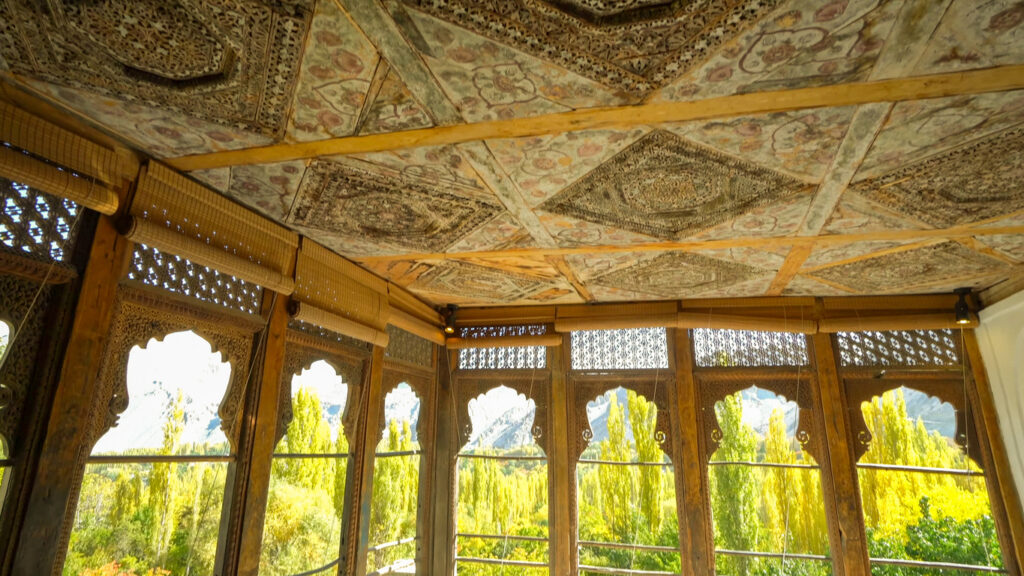
The Tourism Development Corporation of Pakistan (TDCP) has discovered 480 religious’ sites across Pakistan. If the government focuses on promoting these sites according to international standards, many foreign and local tourists will be attracted to them. Foreigners will invest in such opportunities as well. However, as a developing country, Pakistan faces many challenges to promote religious tourism. Even though the country is known to be one of the friendliest countries in the world, many people get a culture shock when they see foreigners in their country. They might have harsh reactions towards different religions. Thus, foreigners do not feel safe sometimes.
Moreover, the economy is not stable due to economic problems like inflation. It affects the tourism industry, employment, and the image of Pakistan. Pakistan does not have enough resources to make the historical site’s tourism worthy because the development around the area also matters. If the area is not approachable due to bad roads and poor accommodation, people will not prefer to visit such areas despite their religious values or the beauty of that site. However, religious tourism is less affected by economic issues as their spiritual values may be more important than money or time constraints.
The contribution of tourism to the GDP of Pakistan was 7% before the pandemic. As more development and awareness of beautiful and historical sites grow, the industry can achieve a greater share of the GDP. g willThe government needs to realise the potential of religious tourism and see it as a much-needed investment rather than a luxury. When good accommodation is at reasonable prices, competition will also increase, and people will prefer tourism. It will greatly impact real estate as the opportunities for developers and investors will grow. By exploring the potential of religious tourism in Pakistan, a positive image of the country will be promoted with increased growth in all sectors, especially real estate.
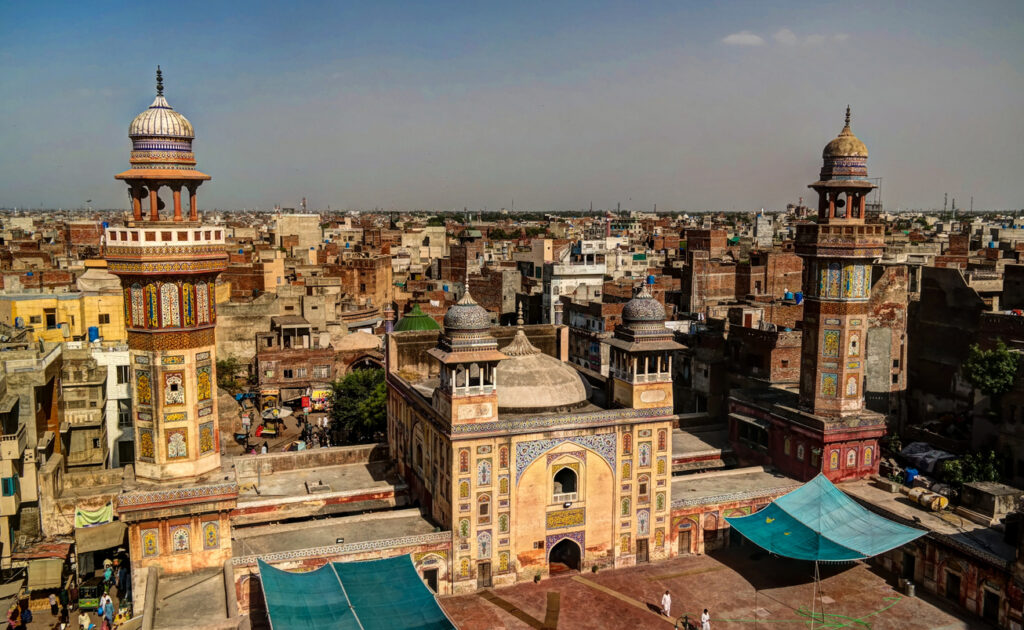
Religious Tourism in Pakistan
Pakistan is a country packed with landmarks of various ethnicities. It is popular among the three biggest religions: Islam, Sikhism, Buddhism, and many other minorities. Most of the population of Pakistan follows Islam and Islamic traditions. After Pakistan gained independence in 1947 from British rule, 4.7 million Hindus and Sikhs moved to India. However, many did not leave their houses and families and remained in Pakistan. As so many Hindus, Sikhs and Muslims lived together in Pakistan before the partition, Hinduism being was the most dominant religion. Their landmarks, shrines, forts, mosques, and monuments were countless. Present-day Pakistan was also the fulcrum of Indus Valley Civilisation, one of the oldest civilisations in the world. They followed Buddhism. Thus, many remains of their landmarks and civilisations all over Pakistan are yet to be explored. One of the most famous sites is Mohenjo Daro in Sindh and many other known sites in Punjab and KPK in cities like Taxila, Haripur, Swat, Gilgit, Mingora etc. Apart from beautiful and scenic views of mountains in the northern areas, religious tourism is largely an unexplored tourism avenue in Pakistan. Usually, the followers of a specific faith visit sites considered holy in their religion. Still, many non-religious people also visit to experience different cultural and religious activities and sightseeing and ancient architecture.
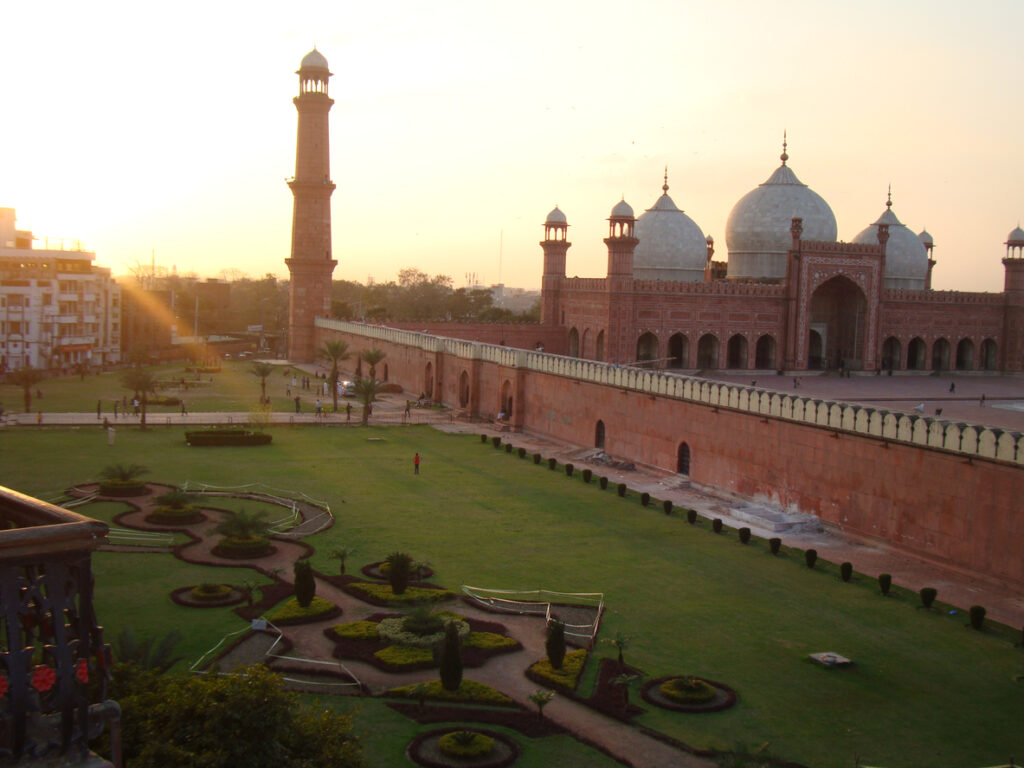
Potential of Religious Tourism in Pakistan
In 2019, the contribution of tourism and travel to GDP in Pakistan was 7.2%. Despite many economic challenges, there is a lot of potential for tourism. The 480 sites discovered by TDCP are exclusively for tourism, out of which 120 are religious sites, and 106 have historical significance. Investment in even half of these sites can promote growth in religious tourism. It can attract both religious and non-religious people to visit Pakistan. A very prominent example of this can be seen when the government opened the temple at Gurdwara Kartarpur to the public. Sikhs worldwide visit, especially from the neighbouring country. The historical evidence of Buddhism is all over Pakistan, some of which is already discovered and open to the public. There is a market of 500 million Buddhists around the world. Even if a small fraction of Buddhists is attracted to visit these places, it can open an entirely untapped religious tourism segment. A small portion of visits just from Buddhists will bring an inflow of revenue in millions, creating thousands of jobs in the tourism industry of Pakistan. As more jobs are created, people will have more disposable income. It can be invested in constructing housing and buildings, international standard hotels near tourist sites, shopping malls, renovation of landmarks, development of roads etc. Overall, it will promote growth in the country and boost the real estate sector. As the inflow of foreign tourists increases, the real image of Pakistan will be promoted through them. Many famous bloggers and journalists like Eva Zu Beck and Luke Damant have visited Pakistan and made hundreds of videos promoting a positive image. People are encouraged to visit and explore the beauty of Pakistan. If this is the case just for scenic views, the addition of approachable religious sites will further promote tourism. Religious tourism will attract foreign investments to the country, enhancing economic growth in other sectors.

Challenges of Religious Tourism in Pakistan
Pakistan being a developing country has faced many economic challenges since independence. In the case of tourism, due to poor stability and inefficient policies, there is a lack of resources, inadequate infrastructure, poor security, and low standard of hotels and restaurants. inadequate infrastructure is one of the biggest hindrances in promoting tourism. Many historical and religious sites have bad accessibility or no roads leading to them. Even if they are developed, they are not maintained since there are limited resources. Thus, investment in tourism must be considered. However, that is why many developed and planned areas have attracted many foreign tourists in recent times. Another challenge is that people are not welcoming towards different religions in this country due to a lack of education and awareness. They do not have much exposure, due to which they might not respect their values. It causes a hindrance as it risks the safety of foreign tourists. On the other hand, many sites have not been discovered yet. The discovered ones do not have enough investment or resources to be further developed or renovated. The potential is wasted, and tourism in Pakistan is looked upon as a luxury, whereas it is a huge asset that can be capitalised on, just like other countries have.
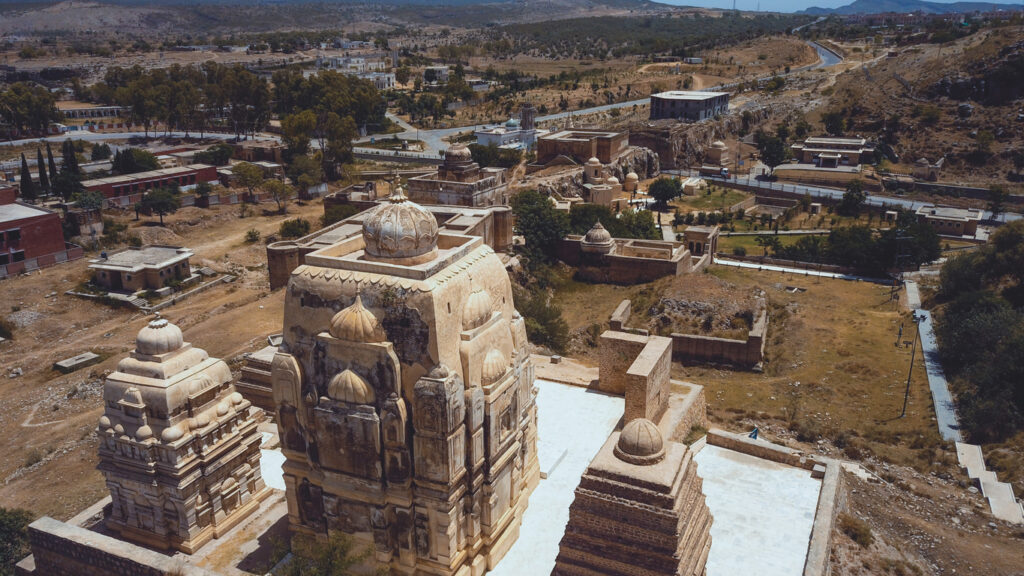
Conclusion
To conclude, there is a significant potential for religious tourism in Pakistan. The country can also develop a positive image through religious tourism. A growth in religious tourism can lead to an increase in job opportunities, foreign investments, and growth in the real estate sector. All these factors will also contribute toward GDP growth and automatically make the economy of Pakistan better. However, challenges remain due to a lack of resources, investment, poor infrastructure, awareness, and low tolerance towards other religions. These challenges can be mitigated once the potential of religious tourism is realised and seen as an important factor in economic growth. By maintaining the discovered sites along with surrounding areas, a safe environment can be created for locals and foreigners to make their comfortable trip, so they recommend and encourage fellow tourists to visit. To book trips and get relevant information, a mobile travel app will make it easy for tourists. Through better policies, incentives can be given to developers and tour guides. Intelligent policy design and effective implementation through technology are the keys to making use of potential religious sites in Pakistan.
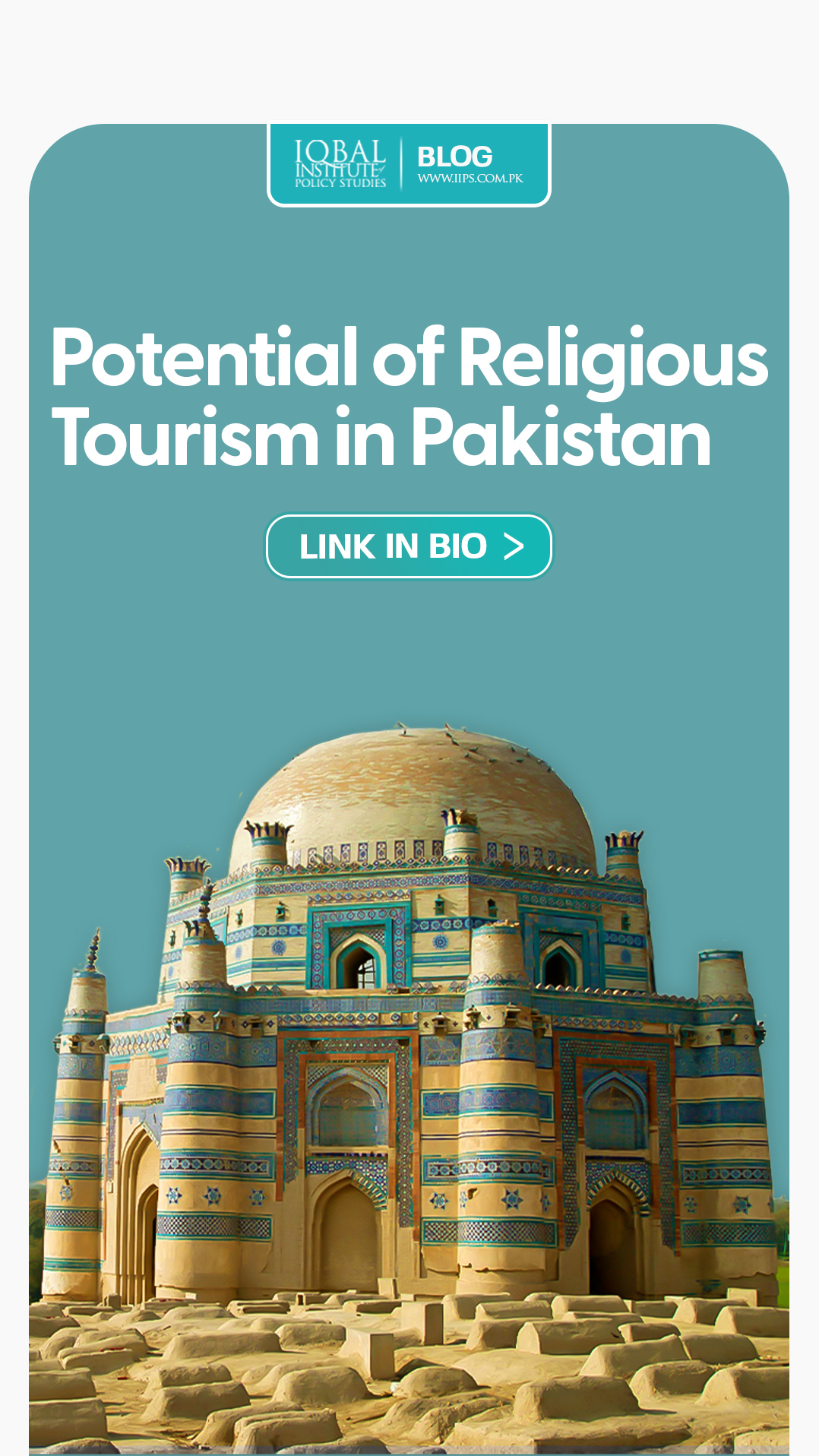

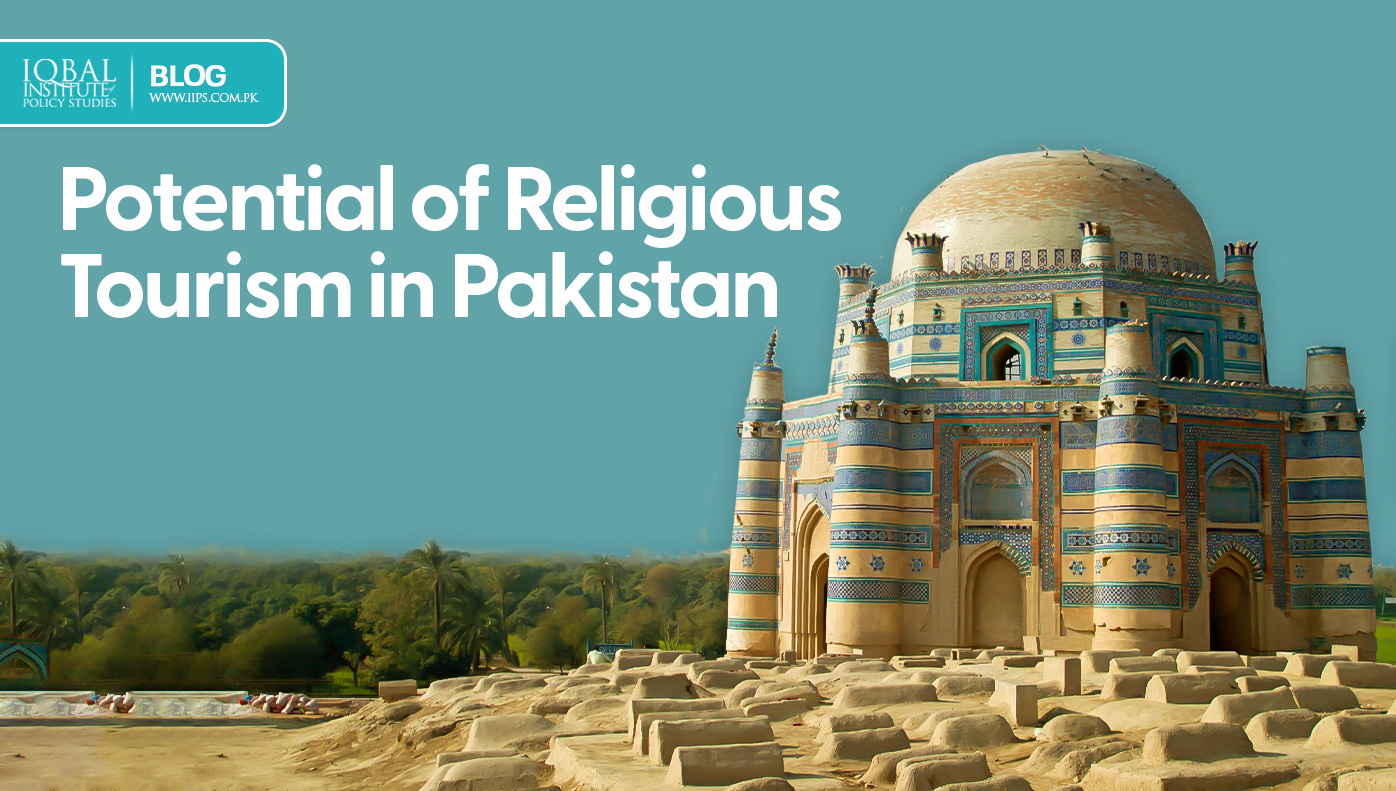
Leave a Reply